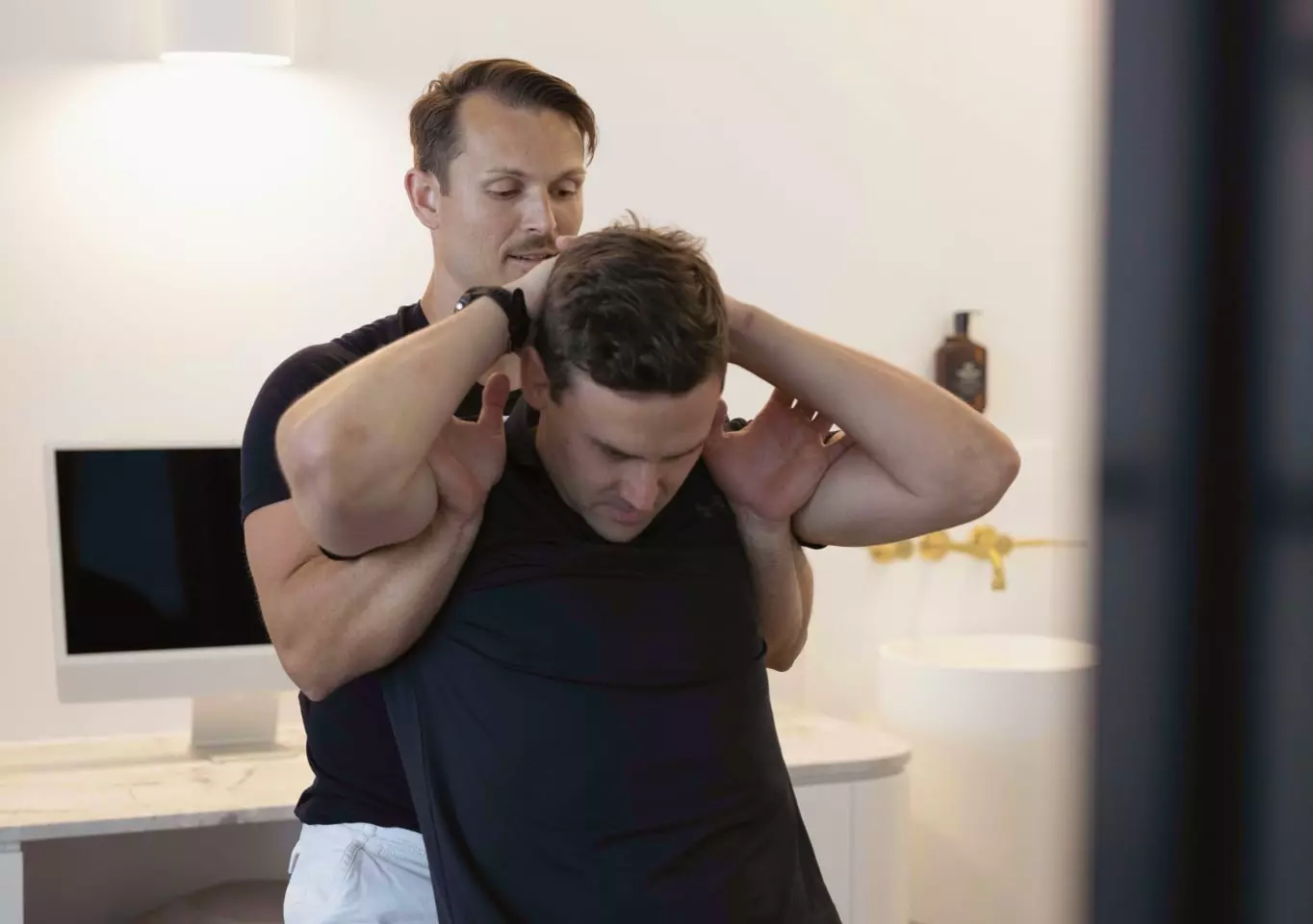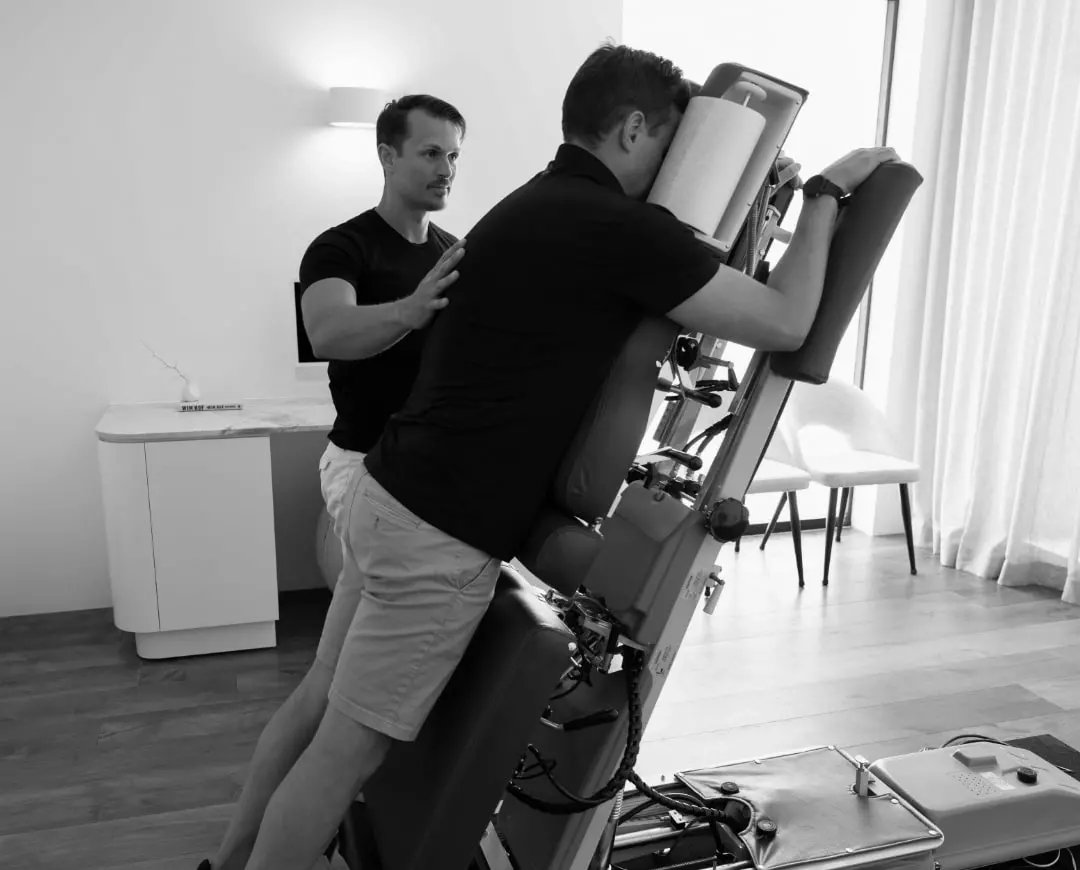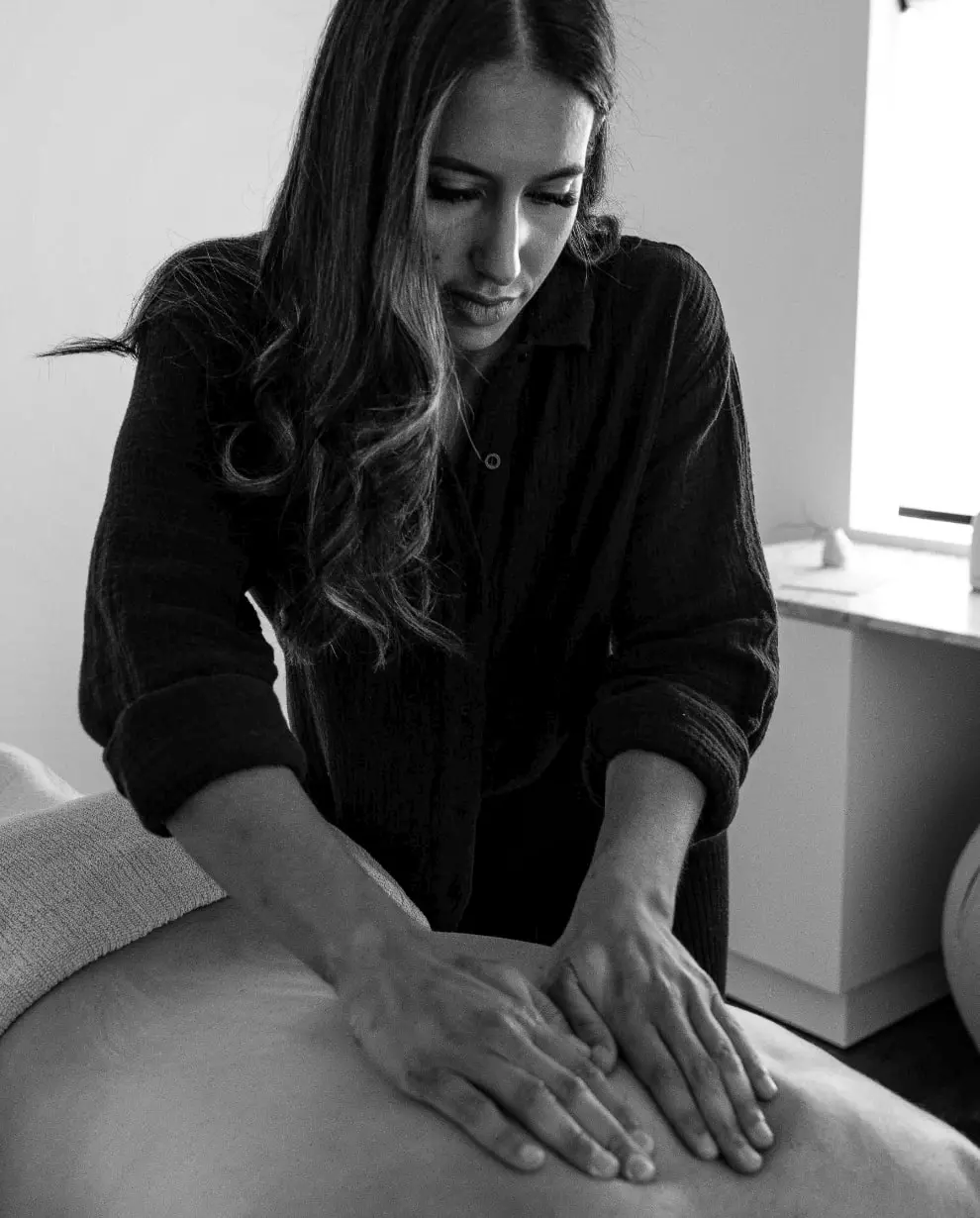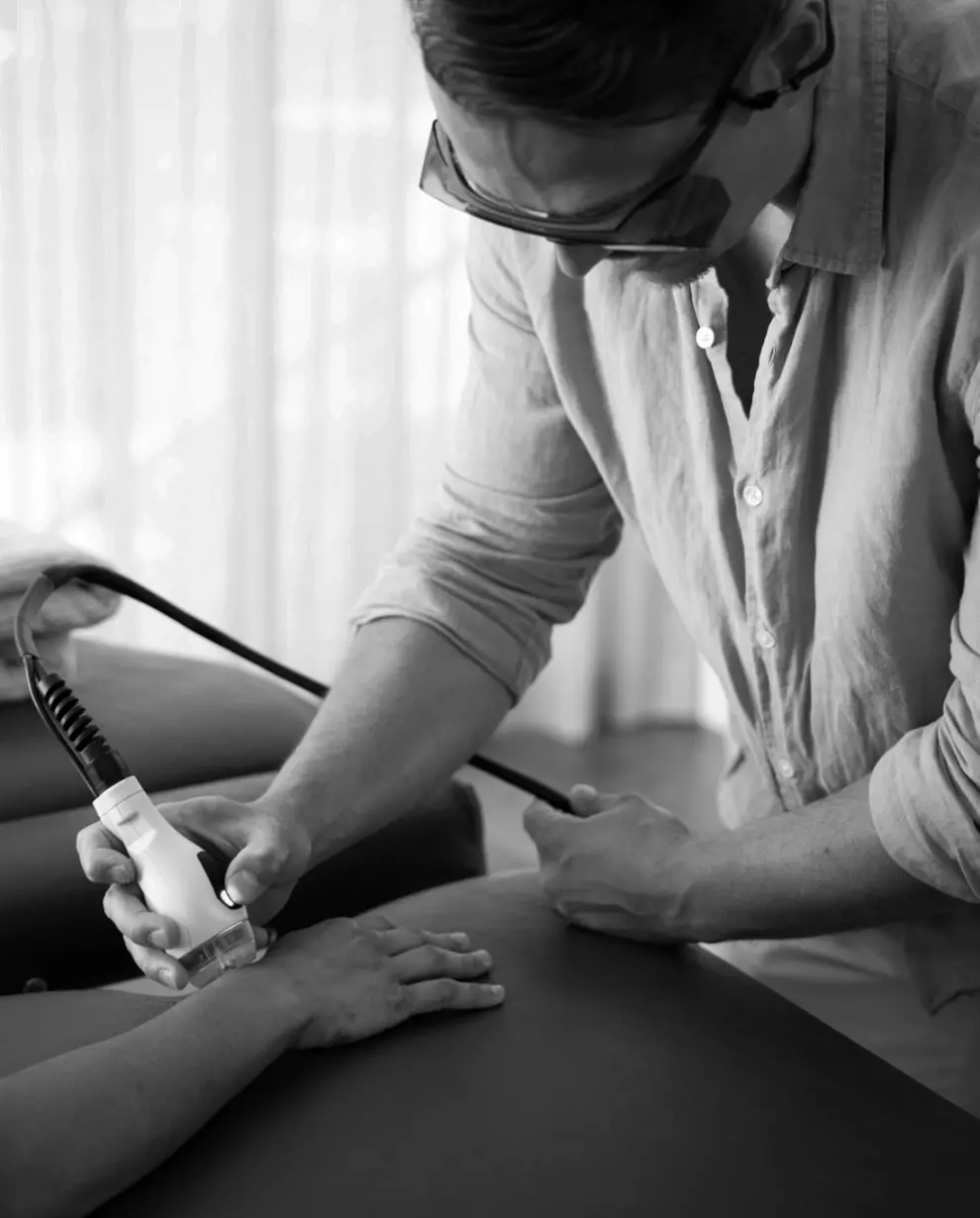Information
Our quality of life is directly proportional to the quality of our sensory perception as well as the quality of our movement. Another common goal amongst Chiropractors is to help individuals free themselves from being stuck in ‘fight and flight’ mode all the time, and learn how to harness the power of ‘rest and repair’ mode. The traditional treatment tools Chiropractors have used to achieve these neurophysiological benefits have been joint adjustments and mobilizations in their various styles.
Over the years in practice, we have observed a philosophical similarity and complementary capacity between Chiropractic and many other treatment and recovery modalities such as massage, acupuncture, ice baths, breath work, and going for a walk in mother nature.
Here we have, what may at first glance seem like completely different interventions, yet all are in pursuit of that same autonomic nervous system ‘reset’.
Out of constant fight or flight mode, and into rest and repair mode. This is the beauty of the nervous system, almost anything with a sensory signature (be it from our external or internal environment) – even exercise and movement which generate their own unique sensations from within our muscles and joints – can be utilized as a therapeutic intervention, united by a common goal.

FAQs
A bit more info on
our sensory systems:
A bit more info on our sensory systems: To break it down even further, our sensory systems use specialized receptors which transform different types of energy from the environment into electrical signals, which are the universal currency of communication within the nervous system. Electricity was probably chosen as the language of the nervous system due to its fast speed, allowing signals to flow to the brain from our receptors interacting with the energy from the environment, and from our brain to our body, to increase our chance of survival. What follows is an oversimplification, but enough to give you a basic idea of how our various sensory systems work. The rods and cone cells in the retina of our eyes transduce the light energy from photons of light in the environment into electrical signals that get relayed to the brain via the optic nerves. This is how we perceive the visual world around us.
The touch receptors in our skin detect the pressure and nature of a mechanical stimulus on the skin and send it up to the brain in the form of an electrical signal, allowing us to discriminate between different objects interacting with the surface of our skin. The mechanoreceptors in our joints detect joint position, whilst muscle spindles detect changes in muscle length – forming our proprioceptive system which helps our brain figure out where it is in space when our eyes are closed. Our ears use an eardrum with 3 small bones beating against it to generate movement of hair cells within a fluid-filled canal known as the cochlea to somehow transduce the mechanical soundwaves in our environment into an electrical signal which gets sent to the brain via the cochlear nerve. There are other fluid-filled, hair-lined canals within our inner ear anatomy, known as the semi-circular canals that are cleverly oriented in all 3 axes of 3-dimensional space, to enable the detection of the position of our head with respect to gravity’s vertical. They form part of our vestibular system, which together with our eyes and muscle/joint ‘proprioceptors’, contribute to our overall sense of balance. Similarly, and equally, as remarkably, the chemical receptors in our nose and tongue transform chemical energy contained in the air we breathe and food/drink we consume, into electrical signals which allow us to smell and taste.
The common thread is that our sensory systems convert different types of energy (eg light energy, chemical energy, or mechanical energy) all into electrical energy, which is the basis of how our sensory nervous system informs our brain of the sensory world around us and within us. Like our muscles and joints have receptors that keep the brain informed of what they are doing, so do our internal organs or viscera. These receptors are mainly concerned with blood pressure, blood gas concentration and pressure, body temperature, and the stretch or distension of an internal organ such as the bladder or bowel. Even though these receptors form part of our ‘autonomic’ nervous system, we can have conscious control over its function eg we learn as kids to override the signals being sent from the stretch receptors in our distended bowel or bladder until we get to a toilet. Free divers learn how to tolerate changes in their blood gas concentrations, namely rises in CO2 and drops in O2, and override the innate desire to take a breath dictated by involuntary contractions of the diaphragm, until they resurface above the level of the water. Overriding the temperature receptors that are screaming get the hell out of there is possible upon entering an ice bath. We can have conscious control over what our internal environment is telling us, and remain calm in what is yet another extreme environment. In life, we occasionally find ourselves in an extremely uncomfortable situation environment that we cannot change or get out of, but the brain can override the sensory overload from the body to control and create a calm response to that situation. Modern lifestyles offer many conveniences which decondition our brain and body in dealing with the variations in mother nature, take air conditioning for example. This is where the saying “use it or lose it” came about. On the flip side, we must respect that complete ignorance is not good either, as many of our internal sensory systems are designed to protect us from getting hurt. Holding the breath for too long can lead to unconsciousness. Staying in the cold for too long can lead to hypothermia. The body often whispers before it screams. Our goal is not to completely ignore what our body is trying to tell us but to have the ability to dampen what it is telling us when we need to. This is why we prefer the motto “use it responsibly, or lose it”.



